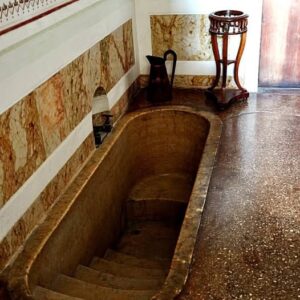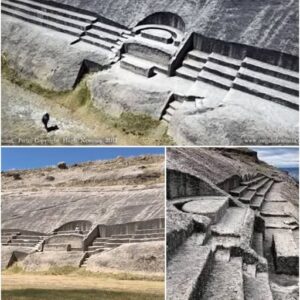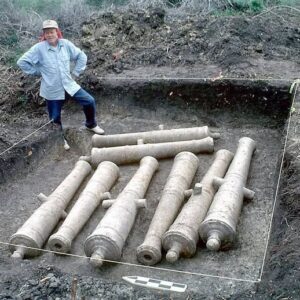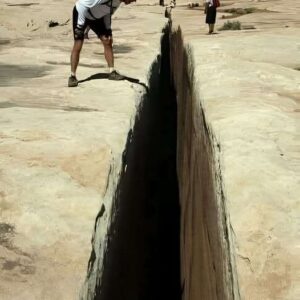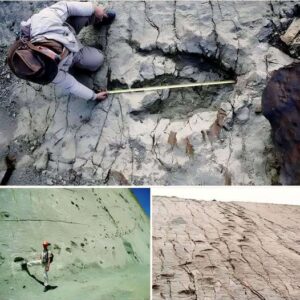In April 2016, construction workers in Tomares, a suburb of Seville, Spain stumbled upon a remarkable discovery while carrying out routine installation of electricity in El Zaudín public park. While operating a mechanical digger, they accidentally unearthed a treasure trove of Roman coins that had been hidden in 19 large ceramic amphorae buried approximately one meter underground.
Although the digger unfortunately damaged 10 of the amphorae, the remaining nine were left intact and still sealed. This astonishing find weighed over 1,300 pounds and contained more than 50,000 bronze coins dating back to the late third and early fourth centuries AD. The coins had been hidden away with a clever concealment method involving bricks and ceramic filler, shedding light on the strategic measures taken to safeguard wealth during that historical era.

The discovery immediately captured the attention of the workers, who promptly halted their construction project and alerted the relevant authorities. This led to the involvement of archaeologists, who initiated a thorough excavation of the site to uncover the full extent of this extraordinary find.
By November 2022, experts from the University of Seville had completed their detailed analysis, definitively confirming this as the largest Roman coin hoard ever unearthed in Spain. The significance of this cache goes beyond its sheer size; it offers invaluable insights into Roman economic history, shedding light on the intricate financial transactions and economic activities that took place during that time period.
This serendipitous discovery serves as a reminder of the rich historical tapestry that lies beneath the surface of seemingly ordinary locations. It underscores the importance of preserving and protecting archaeological sites to safeguard our shared cultural heritage.
The unearthing of this immense Roman coin hoard in Tomares has not only captured the imagination of historians and archaeologists but has also captured the hearts of the locals, who now have a newfound appreciation for the historical treasures that may lie just beneath their feet.
